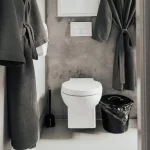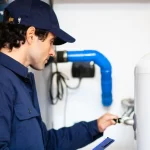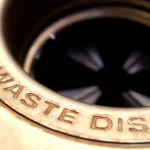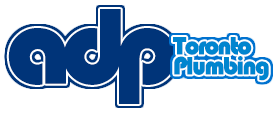One of the absolute worst things that can happen to your home or business is a sewage flood. These occur when sewage comes back up through your pipes and floods your basement, bathrooms, and other rooms. It’s extremely dangerous and disgusting, which is why devices have been created to stop this from happening.
Many homes and businesses are now equipped with backwater valves, but many more still need to get them installed. The questions start coming when people don’t understand the difference between a backflow prevention device and backwater valves. It can be simple to get these devices confused as the names sound like they perform similar functions, however, they are a few key distinctions and these are two separate devices serving different purposes. Knowing the distinctions, and if you need them in your home or building, is a matter of understanding what each device is, and how it can protect you. It is important for your safety, and in some cases, it’s important to ensure you are adhering to your local bylaws correctly.
What is a Backflow Prevention Device (aka Backflow Preventer)?
A backflow prevention device protects your water supply, essentially this device helps prevent materials from flowing backward through pipes. It is a special valve connected to the water main and prevents dirty water from washing back from your property into the water main and thus contaminating the supply of clean water to other properties. These come in many different forms as many different pipes can many different things. In gas pipelines, for example, these devices are incredibly complex, having to detect and stop gas from moving in the wrong direction. Backflow prevention devices are used primarily in commercial and industrial plumbing systems as a failsafe against water, often sewage or greywater, from re-entering the municipal water lines. You will also often find these backflow preventers connected to apartment building water lines.
Regular testing of backflow preventers is important to ensure the devices are functioning as they should, typically these devices must be inspected annually.
What is a Backwater Valve?
A backwater valve prevents your basement from flooding – it is a specific device that’s installed in basements to prevent the backflow of sewage back into the drain. It’s a simple mechanical device that automatically blocks a pipe when water flows against it. For residential buildings, it’s installed where the home connects to the city’s sewage system. In the event that sewage starts to rise and flow back into homes, backwater valves block the sewage and save the homes from experiencing basement flooding problems.
The City of Toronto has supplied rebates for people installing backwater valves as a result of incredible damage caused by flooding over the past few years.
Homeowners sometimes refer to backwater valves by various names: back up valve, drain backflow valve, sewer backup valve, backflow valve, sewer backflow valve, and many more variations. In nearly every case these people are actually referring to a backwater valve.
What You Need to Know
In many parts of Canada, and Southern Ontario particularly, backwater valves are absolutely mandatory in homes. Many cities require all homes to have backwater valves and, in some places, more if you’re in a designated flood zone.
The good news is many cities also offer rebate programs to help offset the costs of installing a backwater valve. The rebates will offer cash to homeowners who used certified plumbers to install the necessary equipment and can reimburse people for up to 80% of the total cost. These rebates are often limited, however, so it’s best to take advantage of it now.
In commercial and industrial buildings, the requirements are more complex and require a certified plumber for assessment. The devices you may need will be dependent on the type of building and your industry. Either way, a licensed commercial plumber in Toronto can help keep your building up to code while protecting it from backflow disasters.
The Bottom-Line
Backflow prevention devices and backwater valves are the most effective way to protect your home from sewage floods. They’re often simple, mechanical devices that are both inexpensive to purchase and easy to install. If you need a backflow prevention device, be sure to contact a trained and certified plumbing expert. They can ensure your home is up to code and protected from potential sewage floods.






